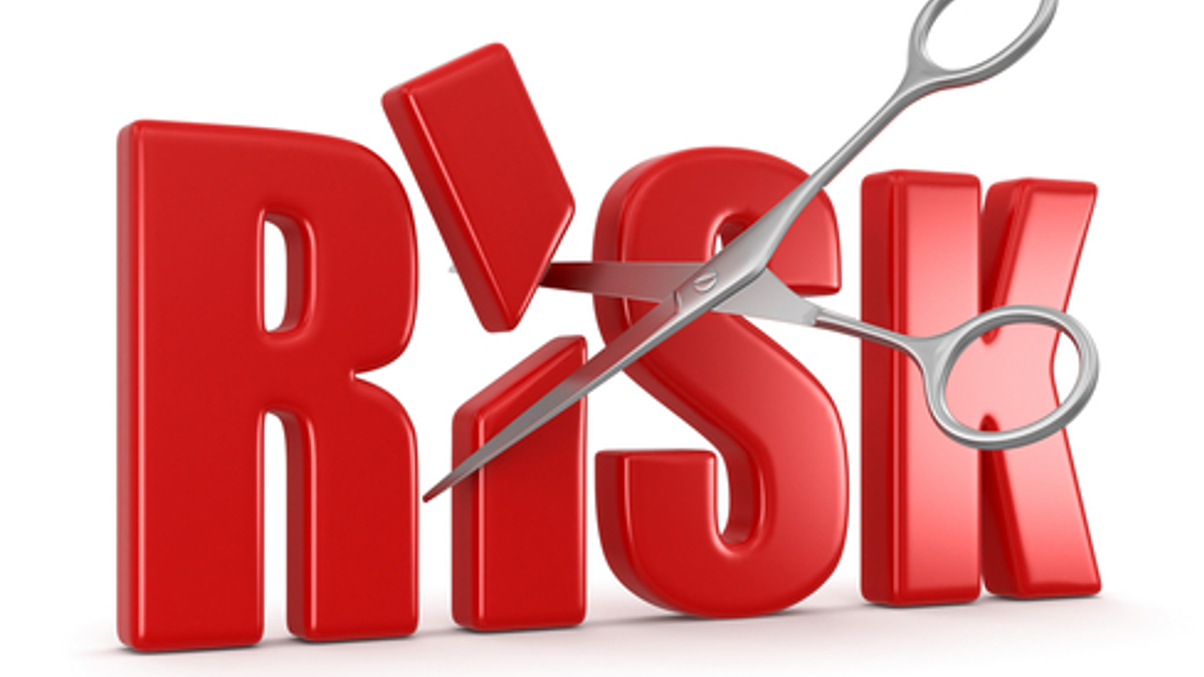Institutional investors on global de-risking drive
The approaches to downside protection vary, but in Asia and the US they include paring illiquid holdings and increasing allocations to unconstrained and low-volatility strategies.

Institutional investors around the world have been busy taking risk off the table in recent months, turning increasingly cautious as markets have become more challenging.
Sign In to Your Account
Access Exclusive AsianInvestor Content!
Please sign in to your subscription to unlock full access to our premium AI resources.
Free Registration & 7-Day Trial
Register now to enjoy a 7-day free trial—no registration fees required. Click the link to get started.
Note: This free trial is a one-time offer.
¬ Haymarket Media Limited. All rights reserved.


